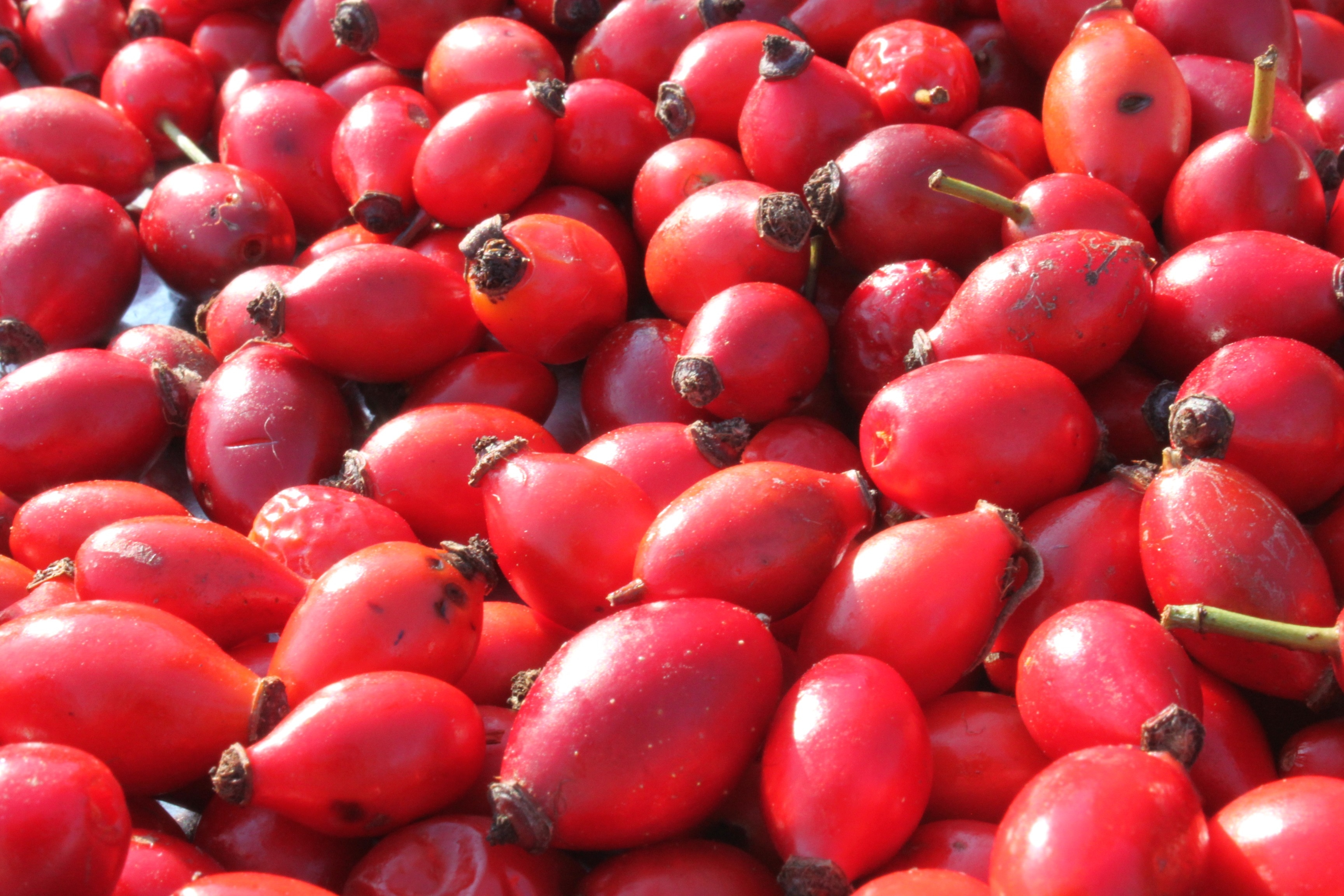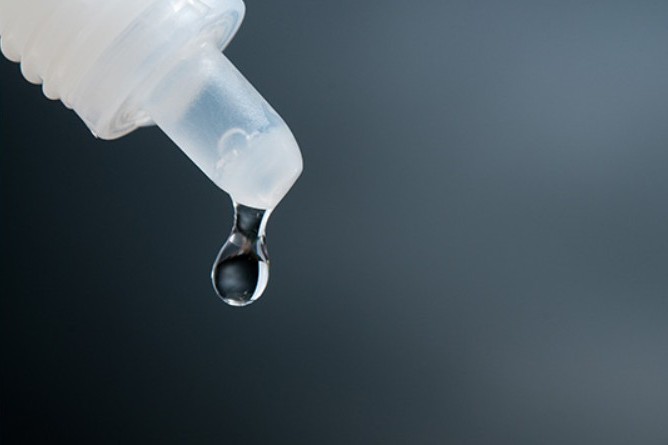The impact of diet on glaucoma
While drop therapies and surgical intervention are commonly used to control elevated intraocular pressure (IOP) associated with glaucoma, alternative health strategies to support these regimens largely go unnoticed.
With eye diseases such as macular degeneration, diet is a common discussion between patients and doctors, but what glaucoma patients are eating features less frequently in conversation, perhaps due to the genetic nature of glaucoma, varied etiologies and the lack of an effective cure. Optic nerve fiber layers don’t regenerate, after all.
Platters that matter
So what does ‘a good glaucoma diet’ look like? Many of the nutrients thought to aid macular degeneration, it turns out, also play a part in maintaining the health of the optic nerve. Nutrition specialist and senior medical director of ophthalmology at Regeneron Pharmaceuticals in New York, Dr Kim Reed says that the healthy foods we’re most familiar with – such as leafy greens and colourful fruits and vegetables – contain micronutrients that may offset pressure complications on the cellular level.
“What’s good for the body is good for the eyes,” Dr Reed explains. “And that goes for nearly everything we can think of with eye diseases, including cataract development, macular degeneration, and other ocular complications.”
Eating for better blood flow
While elevated IOP is considered the number one contributor to glaucoma progression, recent theories and studies suggest that may not always be the case. In some instances, eye pressure appears to be hardly linked to glaucoma progression at all – one patient might continue to lose vision despite controlled pressures, while another has routinely high IOP but never develops glaucoma. One emerging hypothesis, the vascular dysregulation theory, indicates that some patients do not auto-regulate blood cells as efficiently as others.

“If people’s tissues have sub-optimal amounts of the chemicals that regulate vasodilation and vasoconstriction, their small blood vessels aren’t able to immediately respond to changes in temperature or blood flow demands,” says Dr Reed. This lack of response to changing demands causes tissues to abruptly receive more blood than usual to compensate for times of drought. Such rapid shifts, particularly the overabundance of blood, is thought to cause damage to the tissues in the nerve fiber layer, she explains.
Thankfully, proper nutrition may help alleviate that problem: fruits and vegetables containing flavonoids (a category of polyphenols, which act as antioxidants) are thought to be helpful in minimising the effects of such tissue deficiencies. Thus foods including teas, berries, red and purple grapes, broccoli, kale, spinach, herbs and spices such as parsley and thyme, and other bright vegetables may protect the eye by reducing the impact on damaged tissues from uneven blood flow.
Omega-3 fatty acids (found in oily fish, walnuts, flax and chia seeds) can also support eye tissues by providing more neuroprotection. While other foods rich in eye-supporting vitamins include carrots, kiwis and orange bell peppers; herbs and spices are also proven nutritional powerhouses due to their polyphenol content. Low-carb diets (but not no-carb diets) have also been linked to reducing glaucoma risk, as well contributing to a longer lifespan and lower rates of obesity-related diseases.
Fewer fries, better eyes
Colorado-based optometrist and ocular nutrition specialist Dr Sandra Young warns that certain foods, such as fried items, sugar, red meats and margarine, may increase inflammation and potentially aggravate glaucoma progression. “Poor diet would be defined as lots of processed foods high in omega-6 fatty acids,” says Dr Young. “Frying food will denature a meal’s antioxidants. So a potato that is baked with its skin on will retain vitamins and minerals, but prepared as a French fry, there will be zero antioxidants left.” These antioxidants, she stresses, are key to the health of the eye as a whole.
Dr Young also points out that there is an associated risk factor between diabetes and glaucoma. The enzyme-mediated Maillard reaction occurs in the blood when sugars, lipids and proteins meet. In vivo, the Maillard reaction produces advanced glycation end products (AGEs). AGEs are also found in caramelised foods – the browned bits in the bottom of the skillet. Glaucoma patients have higher levels of AGEs in the optic nerve head and retina. Although more research is required, AGEs have the potential to influence the progression of glaucoma in diabetes patients, say researchers.
A doctor-approved diet tailored for a glaucoma patient’s needs might play an important role in not just slowing glaucoma progression, but also influencing and promoting the health and wellness of the patient’s entire being. Dietary discussions with glaucoma patients can and should be a normal occurrence, as with any ocular disease, says Dr Young. “Your whole body benefits from adequate cardiovascular health. I’m not willing to go as far as to say that if you follow these diet recommendations, you’ll necessarily alter the course of your glaucoma – we need to do everything we can do medically – but we should add ancillary steps to support the wellness of the eye and preserve as much sight as possible from this insidious and potentially devastating disease.”

Jakob Sauppe is a freelance healthcare and technology writer based in Lynchburg, Virginia in the United States.


























